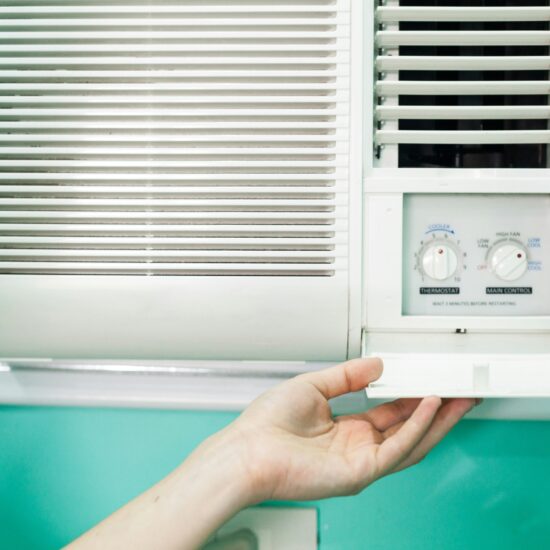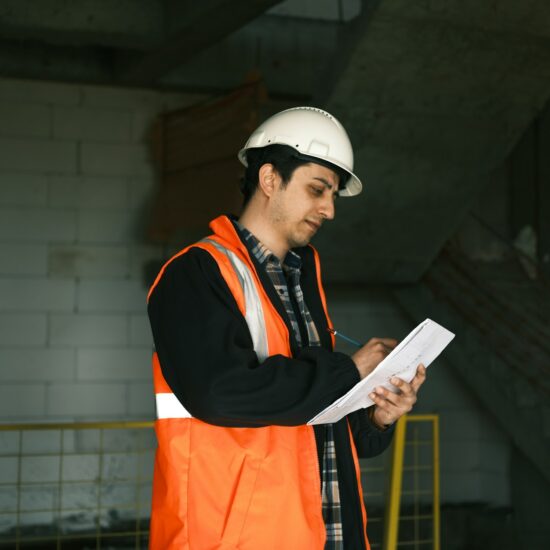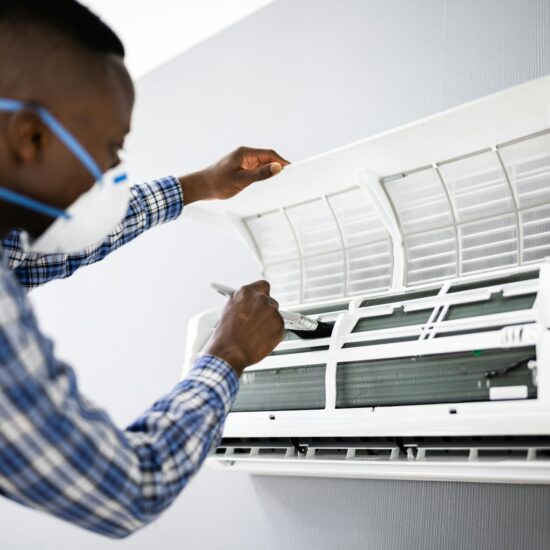When it comes to furnace installation, safety protocols are paramount to protect both property and lives. Ensuring that the job is handled by an experienced HVAC technician can prevent numerous potential hazards, including gas leaks and electrical issues. At Affordable Heating & Air Conditioning, our experts follow stringent safety measures, guaranteeing a safe and efficient installation process.

Local HVAC Services in Mill Creek, WA: Everything you Need to Know
Whether you are considering installation, repairs, or routine maintenance, knowing the local options will help you make informed decisions. Local



